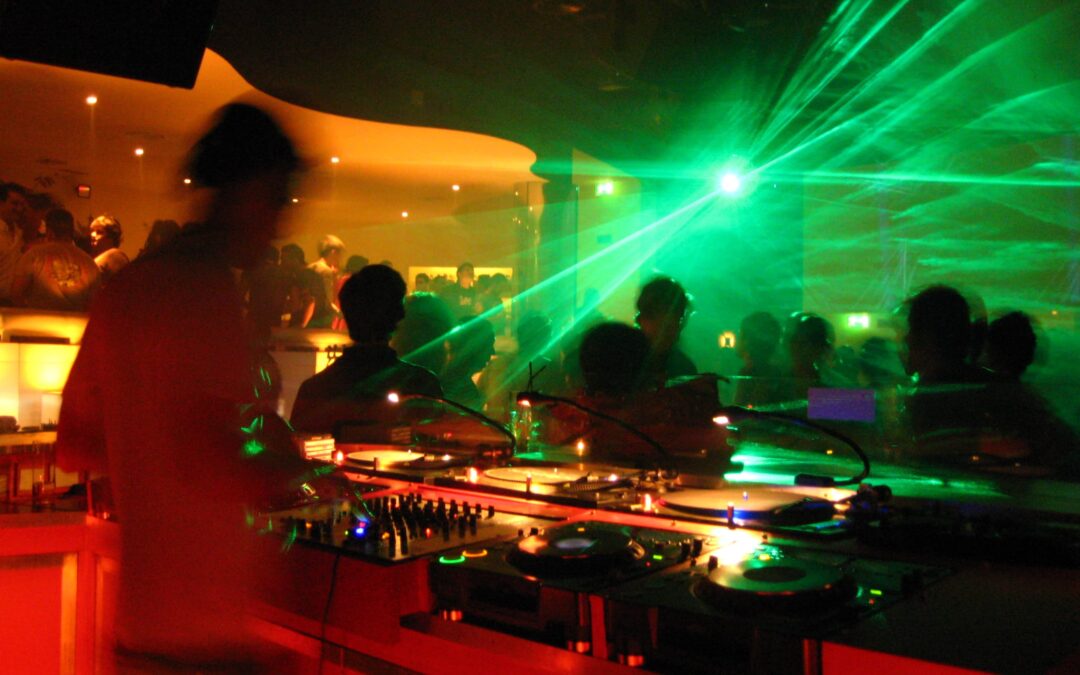 Since the introduction of Red Bull in the U.S. in 1997, the market for high-caffeine energy drinks has grown exponentially. And it didn’t take long for young co-eds to concoct alcoholic, high-energy mixtures.
Since the introduction of Red Bull in the U.S. in 1997, the market for high-caffeine energy drinks has grown exponentially. And it didn’t take long for young co-eds to concoct alcoholic, high-energy mixtures.
From “Jager Bombs” (Jagermeister and Red Bull) to “Red Bull and Vodka,” these drinks have become favourites on the bar scene. Now, in Elsevier’s Addictive Behaviors, researchers explore the associations between energy drink consumption, alcohol intoxication and intention to drive a motor vehicle in patrons exiting bars at night. Data was collected in a U.S. college bar district from 802 randomly selected and self-selected patrons, asking them questions about their energy drink consumption and energy drink consumption mixed with alcohol. Breath alcohol concentration readings were taken.
Results showed that patrons who had consumed alcohol mixed with energy drinks were at a three-fold increased risk of leaving a bar highly intoxicated, as well as a four-fold increased risk of intending to drive upon leaving the bar district, compared to other drinking patrons who did not consume alcohol mixed with energy drinks.
This field of study of energy drink and alcohol consumption continues to grow. The authors suggest product labelling could potentially include a clear warning about risks that might be experienced when combining energy drinks and alcohol. Policy seeking to curtail on-premise marketing of alcoholic drinks mixed with energy drinks could also be considered as a tactic to educate about the risks of this mixture.
Cited from Elsevier February 2010

